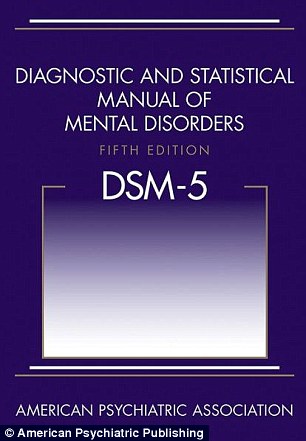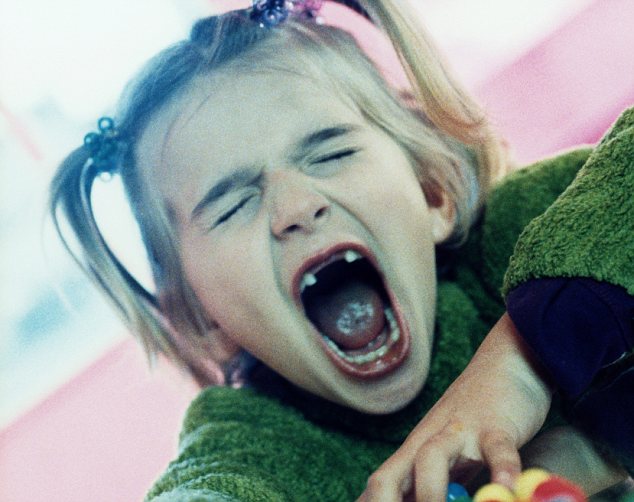Daily Mail
By Sadie Whitelocks
April 12, 2013
 People who hoard, pick their skin, binge eat or throw temper tantrums will soon be classed as having a serious mental illness.
People who hoard, pick their skin, binge eat or throw temper tantrums will soon be classed as having a serious mental illness.
The fifth edition of the Diagnostic and Statistical Manual of Mental Disorders (DSM-5), to be released on May 22, includes an extended list of psychological behaviors.
But the decision to categorize seemingly benign habits as full-fledged disorders has divided opinion, and many believe it just extends the ‘reach of psychiatry further into daily life.’
Advocates say it will lead to more accessible treatment and greater understanding of the conditions, but others argue it will add to America’s growing prescription drug abuse problem.
Gary Greenberg, author of The Book of Woe: The DSM and the Unmaking of Psychiatry, writes in The New Yorker: ‘Every revision of the DSM causes controversy; that’s what happens when experts argue in public about the nature of human suffering.
‘But never has the process provoked warfare so brutal, with attacks coming from within the profession as well from psychiatry’s usual opponents.’
Some critics have suggested that the new guidelines will make mental illness more common. For instance, according to the DSM-5 those who eat to excess 12 times in three months will be a candidate for binge eating disorder.
The Daily Beast jokingly writes: ‘[This] makes us think twice about the last time we devoured a pizza pie (last week) or ate three doughnuts in one sitting (this morning).’
And prominent names in the psychiatric profession have highlighted the serious consequences of the revisions.
Duke University psychiatrist Allen J. Frances, who was tasked with putting together the fourth edition of the DSM published in 1994, but did not work on the updated handbook, expressed concern over the changes.
‘A new diagnosis can be more dangerous than a new drug,’ he told The Daily Beast.
 He said the new diagnosis of ‘disruptive mood dysregulation disorder'(DMDD) – a term used to describe children’s temper tantrums combined with mood swings – is one of the most worrying entries.
He said the new diagnosis of ‘disruptive mood dysregulation disorder'(DMDD) – a term used to describe children’s temper tantrums combined with mood swings – is one of the most worrying entries.
And clinical social worker Joe Wegmann said it was based on ‘no credible research’ and would trigger an ‘zealous binge’ of over-diagnosis.
However those in favor of DMDD hope it will have the opposite effect, and reduce misdiagnoses of childhood bipolar disorder and subsequent over-treatment.
Hoarding has long been considered a symptom or subtype of obsessive compulsive disorder and affects an estimated 4 million people in the U.S.
But as of May it will get its own clinical definition.
In the DSM-5 it is defined as a ‘persistent difficulty discarding or parting with possessions, regardless of their actual value’ and the harmful emotional, social, and financial impacts both on the hoarder and the hoarder’s family members are highlighted.
Another new criterion under obsessive-compulsive related disorders is skin-picking.
This applies to those who consistently pick blemishes, pimples or scabs and ‘do extensive damage’ to their body as a result.
A new section on areas that ‘need further research’ has also been incorporated into the DSM-5.
This means that conditions including sex addiction and internet overuse require additional research before they can be incorporated into the official diagnoses.
The DSM-5 has been 11 years in the making and was written and published by the American Psychiatric Association.
The first edition of the DSM – widely considered the ‘bible of psychiatry’ – was published in 1952 and today it influences practitioners around the world.

